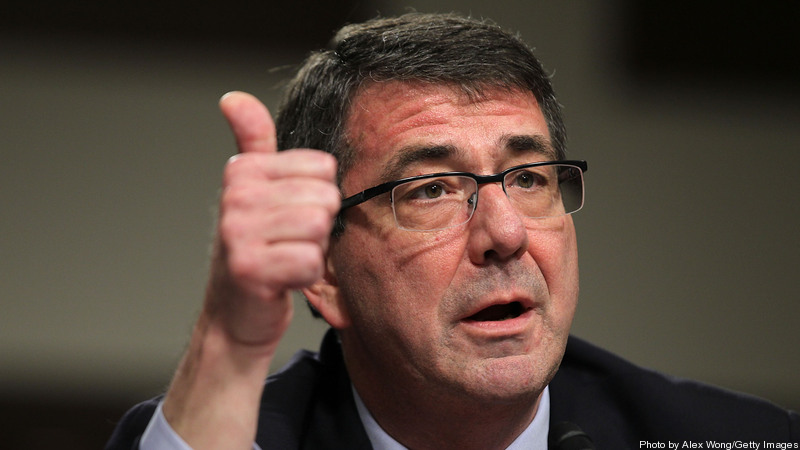US Faces ‘Excessive’ Strategic Risks As Sequester Bites: DepSecDef Carter
Posted on
WASHINGTON: The Defense Department will create at least five defense budgets this year as a result of the Strategic Choices and Management Review, Deputy Defense Secretary Ash Carter said today, and some of those alternative plans “could entail significant risk.”
Carter appeared to engage in something we have begun seeing from a range of senior uniformed officers, offering a careful escalating set of scenarios — think nuclear targeting plans — for the damage to America’s national security resulting from the inability of Congress to fix sequestration, the half-a-trillion in defense budget cuts mandated over the next decade by the Budget Control Act.
If Congress cannot grant the Pentagon some budget flexibility “or if the cuts are too large, we will be forced to take risks in some of our strategy, excessive risks in some of our strategy,” he said.
The first two plans for 2014 will be built “over the next few weeks,” Carter said. “Our objectives are to make sure we are prepared as well as we possibly can be for a wide range of possibilities.” Sequestration requires $37 billion in cuts to this year’s budget, fiscal 2013, which ends in October.
For fiscal year 2015, the department is going to create “one done at presidential level, one at the sequester level, and then at levels in-between using those choices that we have teed up in the [strategic] review as building blocks,” Carter told more than 600 people at the Center for a New American Security‘s annual conference this morning.
What does all this say about America’s national security posture? “it is, at a minimum, embarrassing,” Carter said. “It is, at a maximum, unsafe.”
The Army will absorb the brunt of change as the Pentagon rebuilds the force, draws down from Afghanistan, and shifts its focus to the Pacific, a process which Carter characterized as “a great weight physically and intellectually.”
The new Army will be “smaller, much more agile” and be able to handle a wide spectrum of threats, Carter said. To do that, the service must be networked, mobile, able to rapidly deploy, and suited to international partnering. This would seem to raise significant issues about the Army and industry’s approach to the Ground Combat Vehicle, which is trending upwards of the Abrams tank’s 70 tons as currently conceived, which means it is not suited to rapid deployment in any numbers. In fact, the more one hears about what the new Army will be, the more one is reminded of the enormous challenges the service faced after the fall of the Soviet Union as it tried to develop lighter, lethal and deployable weapons for the core force.
Finally, Carter put to rest speculation that the military might move to a truly joint cyber force, as well as the debate about whether dual-hatted command of the National Security Agency and Cyber Command would end any time soon.
“it may come to that someday; we are not at that point yet,” he said in response to a question about a joint cyber force sent, appropriately enough, via Twitter.
And the split between NSA and Cyber Command won’t happen any time soon, he said, because the Pentagon doesn’t, “have enough good people to scatter them all over. Over time we may evolve in a different way but we will retain dual hats for now.”
Subscribe to our newsletter
Promotions, new products and sales. Directly to your inbox.

